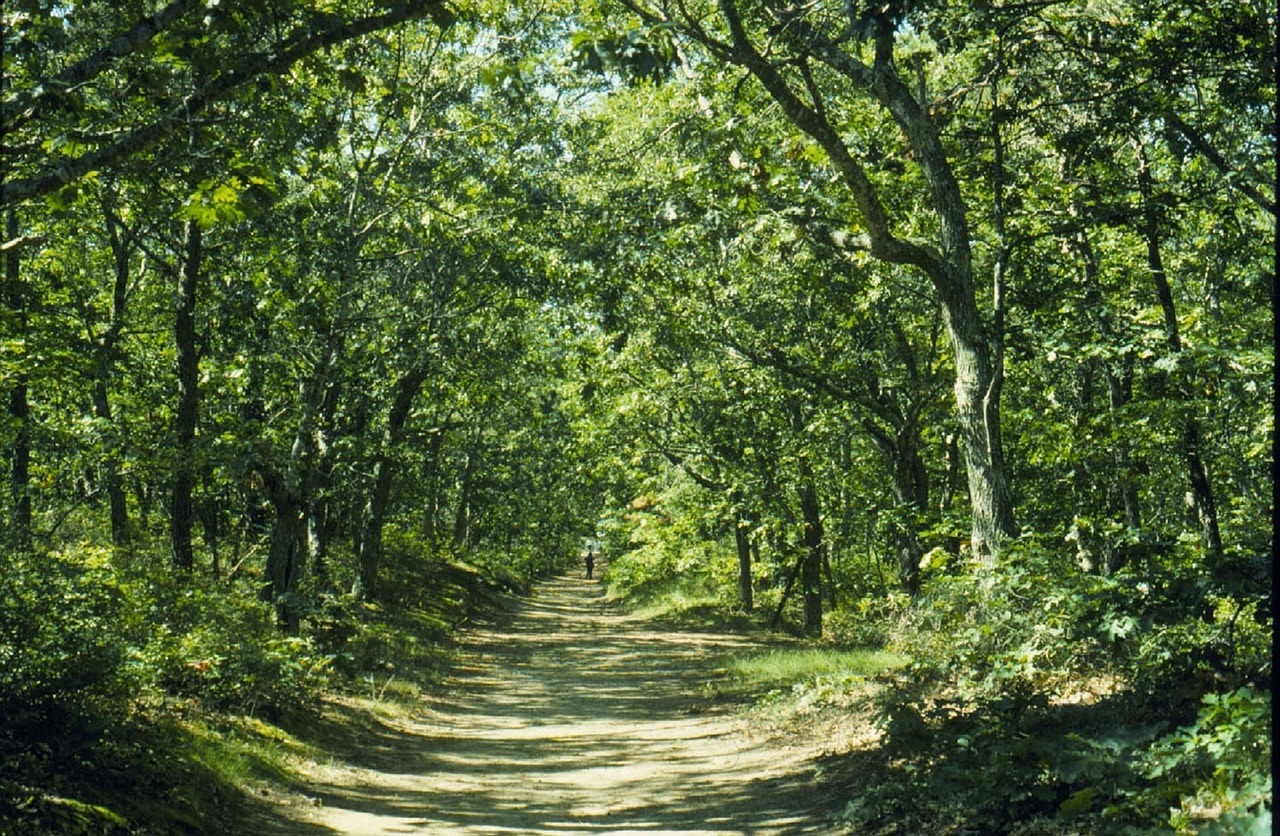
How To Survive Cedar Fever Season
We’re almost to 2018, and that means a bunch of different things: holiday season is here, friends and family are coming to visit, and you get to spend the coming weeks trying to survive cedar fever. Last December, Austin recorded the second highest cedar pollen count since the city began keeping record, and this year is shaping up to be similar. If you aren’t affected by the cedar pollen, count yourself lucky. The afflictions range from a minor runny nose to a sore throat accompanied by facial discomfort and headaches. When this time of year comes around, there are a few things you can do to survive cedar fever season:
Know Your Enemy: Mountain Cedar
Cedar Fever is a seasonal allergy brought on by an allergic reaction to the pollen of the Ashe Juniper (also known as mountain cedar) trees that abound throughout Austin and the surrounding areas. This pollen is especially nasty compared to other allergens, as the biochemical structure of cedar pollen’s protein coat is abnormally noxious to the human body. Also, the sheer amount of the pollen has to be taken into account. Some days the pollen count is so high, you can see clouds of the stuff blowing off of the trees in the hill country. These trees produce an abundant amount of pollen from late December through February. Although mountain cedar is native to central Texas, they used to be kept in check by naturally occurring wildfires and grazing wildlife. Now the trees grow thick in clumps, especially throughout the hill country and the Greenbelt.
What You Can Do To Survive Cedar Fever Season
Funnily enough, most people don’t feel the effects of cedar fever for the first few years living in the Austin area. Once you are afflicted, you’ll do almost anything for some relief. To start with, check the Allergy Report before deciding what you are doing for the day, especially if it involves an extended period of time outside. If the pollen count is high (as it is quite often between late December and mid-February,) stick to mostly indoor activities for the day. The less you can expose yourself to the allergen, the better off you’ll be. If you’re already feeling the effects, take a short trip to your medicine cabinet. Allergy medication (including nose sprays) can help to combat your symptoms. If you need a little extra help, try using a neti pot to clear sinuses and showering before bed to prevent the transfer of cedar pollen to your pillow. If nothing seems to be helping you survive cedar fever season, make an appointment with your doctor to see what they recommend.
Make Your Home An Allergen-Free Oasis
After a long day of sneezing and itching eyes, you want your home to be a refuge from the clouds of pollen billowing from the hill country trees. The first thing that you should do when allergen-proofing your home is to change your air filters. Not only should you change them when allergy season starts, you need to keep changing them to ensure they’re doing their job properly and not allowing allergens, dust, and mold to accumulate. Make sure to shower after you get home to get pollen and other allergens off of your skin – removing the cause of your allergies is always a good bet! Ensure that your home’s doors and windows are kept closed, no point in cleaning all of the pollen off of yourself and then letting more in! If suffering from allergies seems to be the norm for you, it’s time to look into a home air purification system. This system works in tandem with your air conditioner/furnace to keep the air in your home clean and clear from allergens. It’s a godsend for many, especially those who suffer from chronic allergies or have a miserable time trying to survive cedar fever season. If you’re interested in air purification solutions for your home, give us a call.
- Blog
- Community Happenings
- Energy Savers
- Health Benefits
- How to know the problem
- HVAC Problems
- Installation
- Maintenance
- Most Popular
- Projects
- Repair Tips